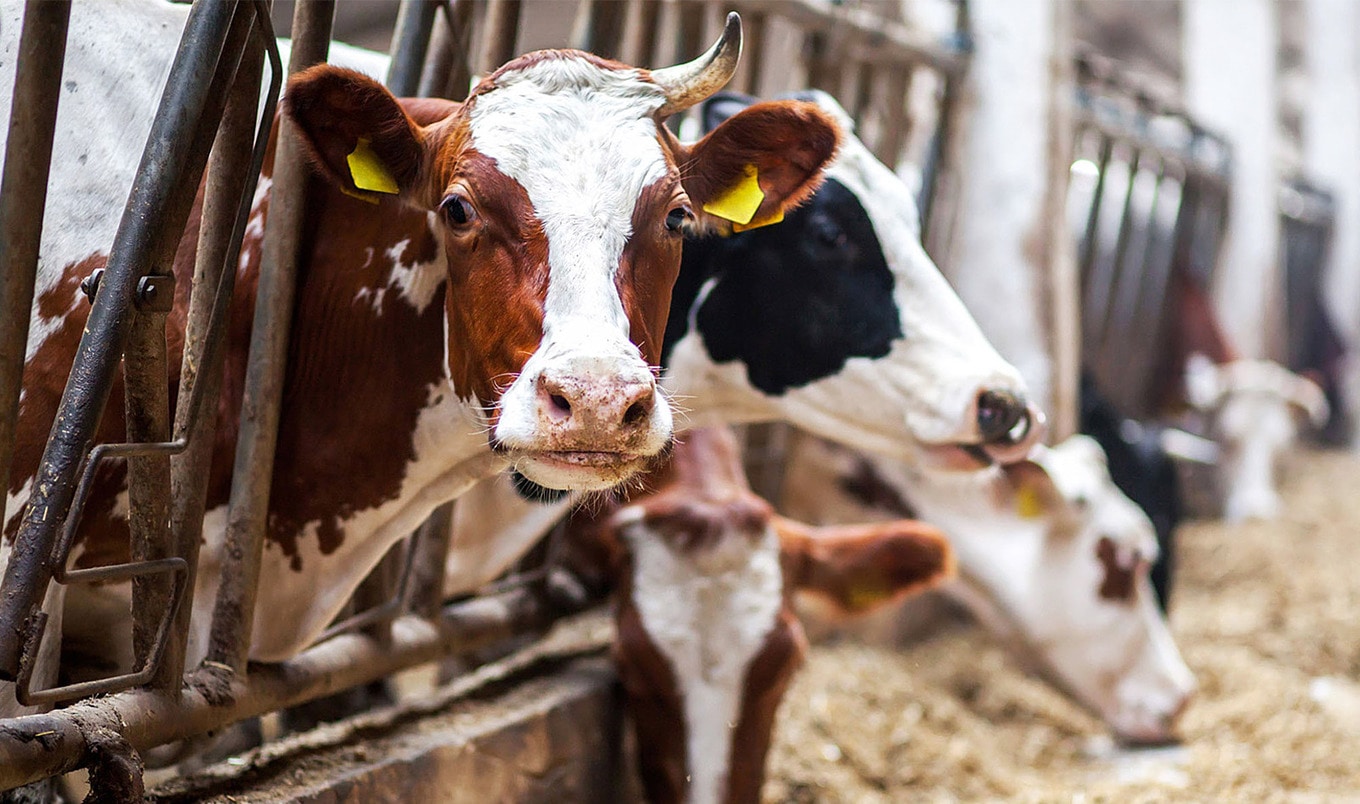If you eat meat, your dinner plate might be responsible for as much carbon as your entire home’s electricity bill. That’s according to a groundbreaking study from the University of Michigan and the University of Minnesota, published in Nature Climate Change. The study traced the greenhouse gas emissions behind beef, pork, and chicken all the way from farm to city.
The researchers created what they call a “carbon hoofprint” for more than 3,500 US cities, revealing how much pollution is tied to each region’s meat supply chains. The results are staggering: America’s total urban meat footprint is bigger than the entire carbon footprint of Italy.

“This has huge implications for how we gauge the environmental impact of cities, measure those impacts, and ultimately develop policies to reduce those impacts,” said Benjamin Goldstein, co-leader of the study and assistant professor at Michigan’s School for Environment and Sustainability.
The data also highlight how simple dietary swaps could rival the benefits of expensive home retrofits. “If you just cut out half of your beef consumption and maybe switch to chicken, you can get similar amounts of greenhouse gas savings depending on where you live,” Goldstein added. While he suggested switching to chicken in place of beef, omitting all animal meat would further minimize environmental impact.
“If we can get people to use this type of study to think about how diets in cities impact their environmental impacts, this could have huge effects across the United States,” Goldstein continued.
What the study found and what you can do about it
The team’s analysis dives deep into how supply chains affect emissions. While many assume that cities eating more meat automatically have higher footprints, that’s not always true. The researchers found that emissions varied widely depending on where the meat was produced, how the animals were raised, and what their feed was made from.
“There’s not a single emissions value for the meat we consume,” explained Rylie Pelton, a research scientist at the University of Minnesota’s Institute on the Environment. “That’s because the supply chains are different in different locations. And also the impacts of production—the ways that beef, chicken, pork and feed are produced—are different in those different locations. That all matters from an emissions standpoint.”
 Adobe
Adobe
To illustrate, Los Angeles sources its beef from processing plants across 10 counties, but those facilities rely on livestock from 469 counties and feed from 828. Every step—from fertilizer production to manure management and long-haul transport—adds more emissions.
“This is really the first systematic and analytical effort to map what we call urban-land teleconnections,” said Joshua Newell, another senior investigator on the project. “It’s understanding that cities have massive impacts beyond their borders.”
The study’s findings come amid growing awareness of food-related climate impacts. According to the United Nations’ Food and Agriculture Organization, livestock accounts for about 14.5 percent of global greenhouse gas emissions, and beef alone contributes more than 40 percent of that. Swapping just one weekly beef meal for a plant-based option can shrink a person’s diet-related carbon footprint by nearly 10 percent, research from the University of Oxford shows.

The Michigan-Minnesota team hopes its city-level data will inspire more tailored climate policies. Instead of focusing solely on home energy efficiency, municipalities might consider food-focused programs—such as Meatless Monday campaigns or city-sponsored incentives for plant-forward meals in schools and cafeterias.
For consumers, the takeaway is simple: you don’t have to give up meat entirely to make a meaningful impact. As Goldstein noted, halving beef consumption can yield the same emissions savings as investing thousands in solar panels.
BECOME A VEGNEWS VIP: Get exclusive product deals, freebies, and perks galore!
“We can start identifying linkages between cities and the rural areas that produce our food,” Pelton said. “If we can identify those links, there might be opportunities for cities to engage with those distant locations, to help provide financial incentives and support in general to adopt certain practices that would ultimately help their own carbon footprint.”
Jennifer Schmitt, a senior research scientist and co-author of the study, believes that cooperation is key. “We are all connected,” she said. “My hope is that this is the beginning of an urban-rural conversation. I get that that may seem ideal, but whatever. I’m an idealist.”
For more plant-based stories like this, read:
JUMP TO ... Latest News | Recipes | Guides | Health | Subscribe








